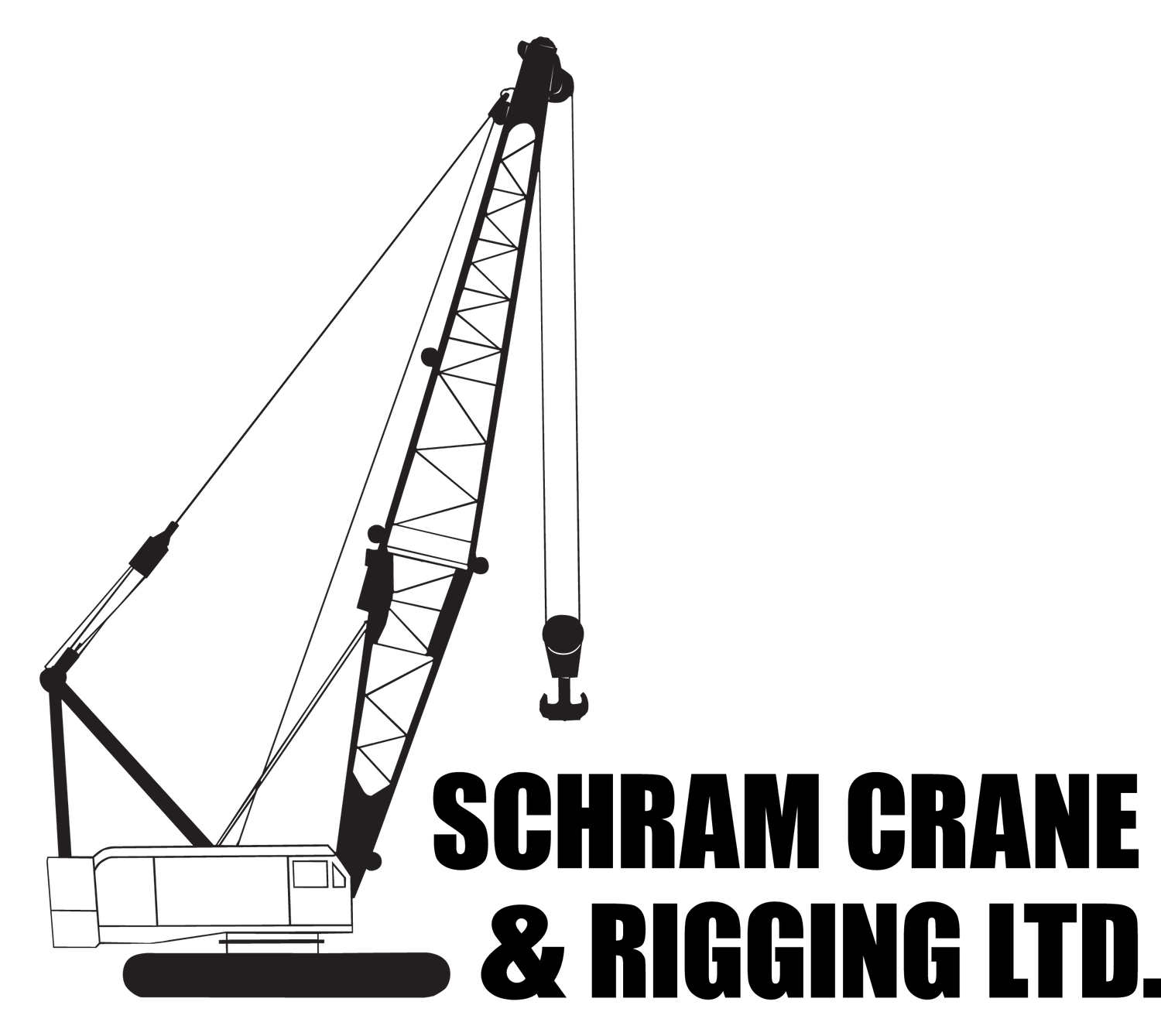Module 31: Advanced Rigging for Steep Slope operations
Duration: 20 hours
Chapter 1: Roles and Responsibilities
• Overview of Roles and Responsibilities to the crane end-user, the operator, and the riggers and lift coordinators.
• Learn about due diligence and obligation to refuse unsafe work.
• Learn and review different codes and legislation including CSA, OH&S (multiple provinces referenced), ANSI, and ASME requirements.
Chapter 2: Wire Rope
• Overview of different types of wire rope slings and hoist ropes.
• Learn about design factors for rigging and dangers of impact loads.
• Learn proper inspection and rejection criteria for all wire ropes used.
Chapter 3: Hardware
• Overview of rigging hardware such as shackles, eye bolts, hooks, etc.
• Learn proper rigging practices for all types of hardware as well as proper inspection and rejection criteria.
• Learn about all types of synthetic slings and chain slings in detail with emphasis on proper use of slings.
• Learn about D/d Ratios and how to safely apply them to rigging.
Chapter 4: Rigging Mechanics
• Properly understand how to use a rigging capacity chart.
• Learn how to properly size rigging for a job. Students are taught how to safely and practically determine sling angles and tension.
• Learn about all the different configurations of rigging and how to properly apply.
• Learn proper hand signals for crane operation.
Chapter 5: Safe Operating Practices
• Overview of safe work practices around powerlines with legislation reviewed on safe limits of approach.
• Overview of cold weather effects on cranes, equipment, and rigging.
• Overview of safe practices when working around a crane such as bad side of the load, etc.
Chapter 6: Load Charts and Lift Calculations
• Learn terminology and proper steps to complete lift calculations
• Learn how to understand operators manuals and charts for multiple cranes.
• Load Chart questions and exercises.
Practical Assessment
This portion of the course is site dependent on equipment and winches available.
The practical consists of:
• Hands on rigging inspection.
• Full inspection of all winches and equipment being used for the practical.
• Crews are broken into groups and given a rigging and winching scenario. They are then required to develop a rigging plan, winching plan, a lift calculation if needed, and a control zone plan for potential failure.
• Crews then execute their plan, with direction given to ensure proper rigging and winching practices are utilized. Students are also taught how to have thorough pre-work meetings and how to assign responsibilities prior to completing their exercise.
Final Exam
Students will have a brief review period and then a final exam will be issued. It is a closed book exam and students must achieve a passing grade of 70% to pass.
Certificates issued are valid for 3 years from the date of training.
